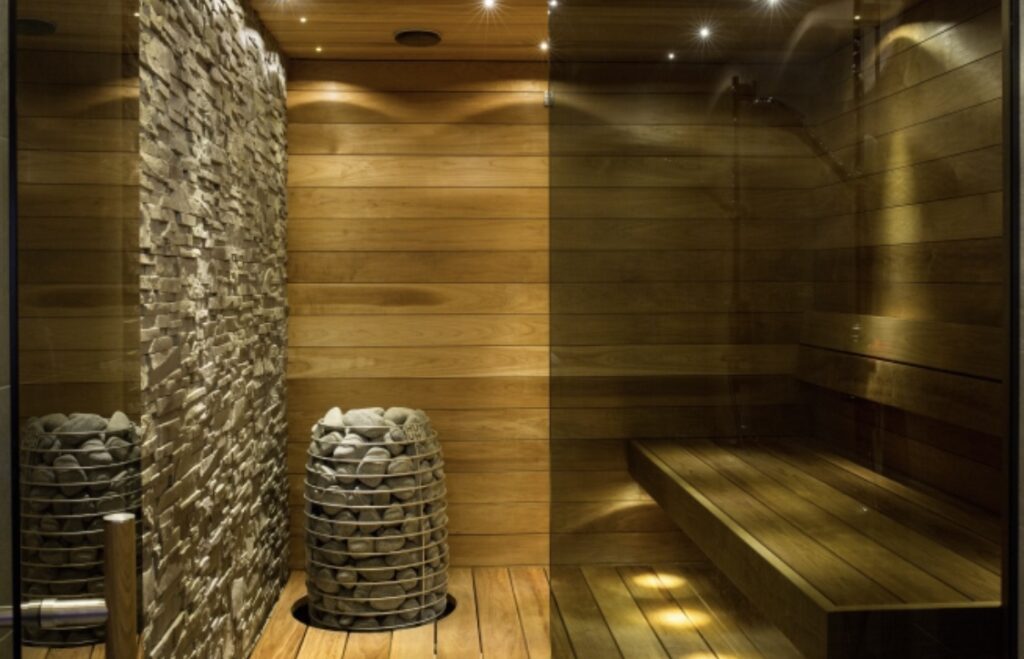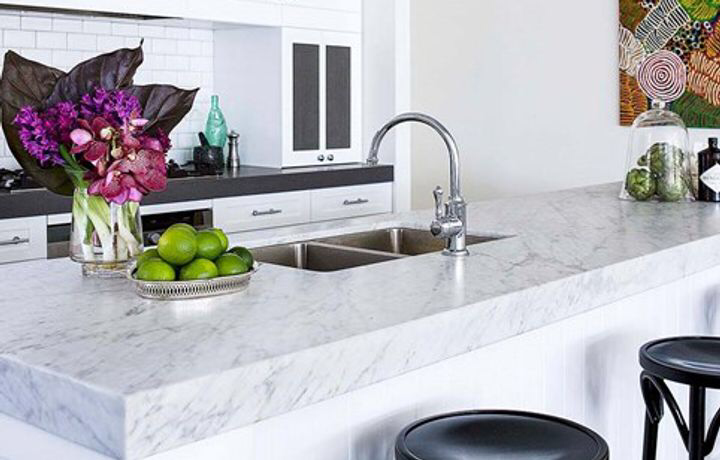We often hear the word “over-capitalise”, yet so many investors and home owners don’t consider the risk of over-capitalisation.
“Over capitalisation – what is it? The term over capitalisation means to improve a property beyond its resale value, in other words it means that you spend too much money on the renovations of your property and are not able to recoup this money if you decide to sell it.”
Source: LJ Hooker
There are many ways that properties can be over-capitalised, but over the years I’ve noted that there are four main culprits;
Spending too much on something that means a lot to you but doesn’t hold inherent mainstream buyer appeal. A classic example is a pool, but spas, saunas, extreme garaging, huge movie rooms and the like are also problematic.

The real risk strikes when a sale is triggered earlier than anticipated, such as divorce, job opportunity, illness, death or fast expansion of the family headcount.

Applying extreme personal taste might seem like a fun idea at the time, but if a sale is forced, the buyer-pool will be significantly reduced if the styling is too quirky.

Purchasing land with a development idea in mind, yet failing to recognise a critical blocker to the development plan is a frightening over-capitalisation risk. Whether it be an overlay, an easement, a council restriction, problems with neighbourhood consent or even just an ill-thought out feasibility assessment, it should come as little surprise that when this type of over-capitalisation strikes, losses can be significant. We often see blocks of land reselling shortly after a notable sales result and this can often be put down to a heady purchase-decision with insufficient planning.

Over-specifying is a classic mistake that many inexperienced developers make, and this can be apportioned to not understanding the target market for the area in which the development is. A typical first home buyer market won’t be able to afford the luxurious trimmings that a more wealthy area and target market could. From marble bench tops to expensive fixtures and fittings, it’s a terrible oversight and it quickly erodes developer profits.

One significant risk that is often overlooked relates to high building depreciation rates. If an investor or homebuyer purchases a brand new property and sells before the land component has a chance to eclipse the building value, losses are a genuine risk. This is due to the land to asset ratio being insufficient for initial capital growth to reward the owner.
The last significant overcapitalisation risk strikes when a home with ample space and idyllic bedroom count/configuration is compromised for personal taste. Such examples include the creation of a master ensuite or a huge walk in robe at the expense of a third bedroom. Or it can strike when too many bedrooms are created for a one-bathroom, or small land size house.

Understanding the requirement for a well-balanced number of bedrooms, bathrooms, living space and yard area is critical if resale ability and over-capitalisation risk is important.
REGISTER TO OUR NEWSLETTER
INFORMATION
CONTACT US
1A/58 ANDERSON STREET,
YARRAVILLE VIC 3013
0422 638 362
03 7000 6026
CATE@CATEBAKOS.COM.AU
